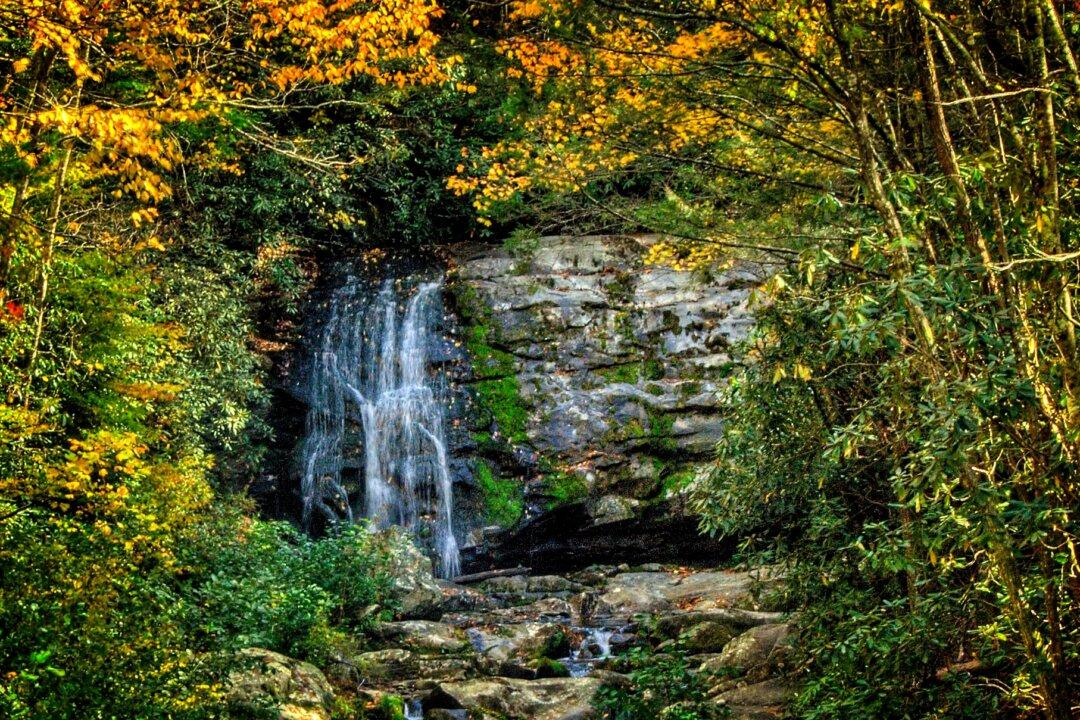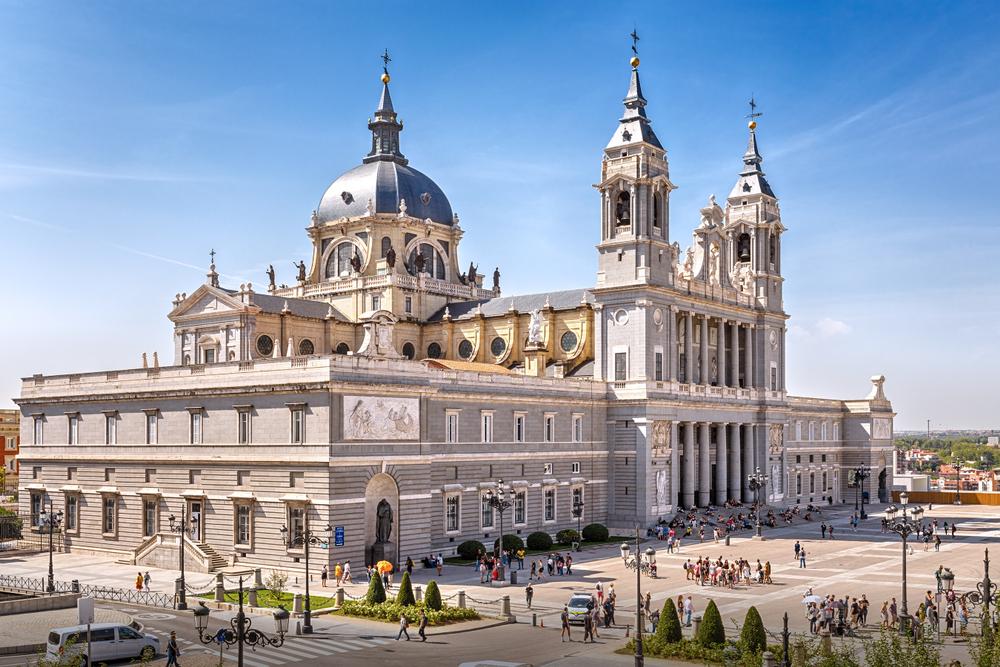Almost from the time it was established in 1934, Great Smoky Mountains National Park has been America’s most visited national park. No surprise here—it is, after all, stunningly beautiful, and what really runs up its visitor numbers is the fact that half of the country’s population lives within a one-day drive plus, and unlike most national parks, there is no admission fee.
Gatlinburg
Gatlinburg, Tennessee, is the gateway to Great Smokies Mountain National Park. Nearly half of the nearly 9 million visitors who come to visit the Smokies each year pass through Gatlinburg, this small (pop: 3,500) southern Appalachian Mountains town that goes way out of its way to make the most of the traffic it gets by offering just about anything anyone can think of to lure tourists.
That’s the knock on this town—that it is too touristy. Its streets are lined with T-shirt shops, tattoo parlors, fudge shops, wax museums, and museums housing items such as salt and pepper shakers.
You’ll find a good selection of miniature golf courses—even one offering “Hillbilly Golf”—plus a few lift rides, a few little wedding chapels, and an abundance of pancake restaurants.
There are also lots of made-up “attractions,” such as a “Mystery Mansion,” where you can walk through a maze of mirrors on floors that creak and a “Space Needle” that takes you up a few stories for a view of town streets and distant mountains.
Actually, the fudge and the pancakes are good and there are some interesting attractions, most notably Ripley’s Aquarium of the Smokies. Visitors glide through a 340-foot long acrylic tunnel on a moving walkway in this 115,000 square-foot, million-gallon wonder where they can take in close-up views of sharks, sea horses, piranhas, giant octopuses, and other fascinating marine life.






